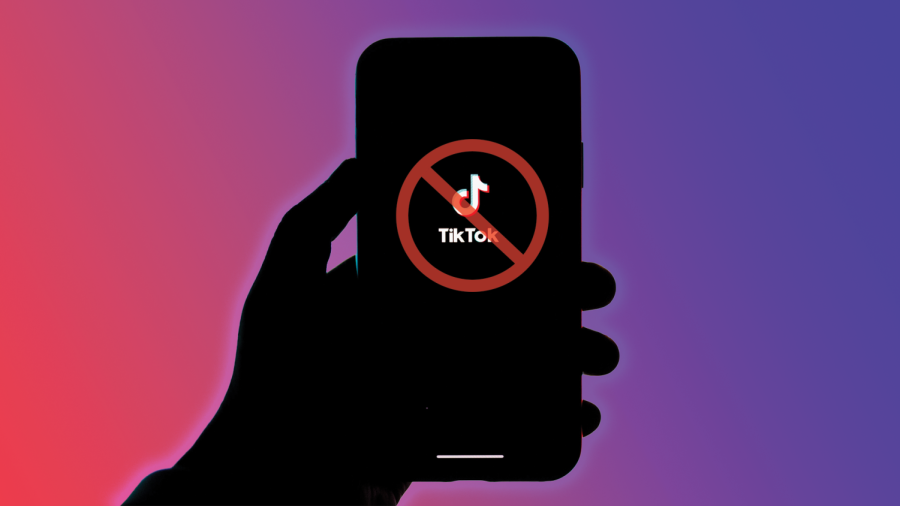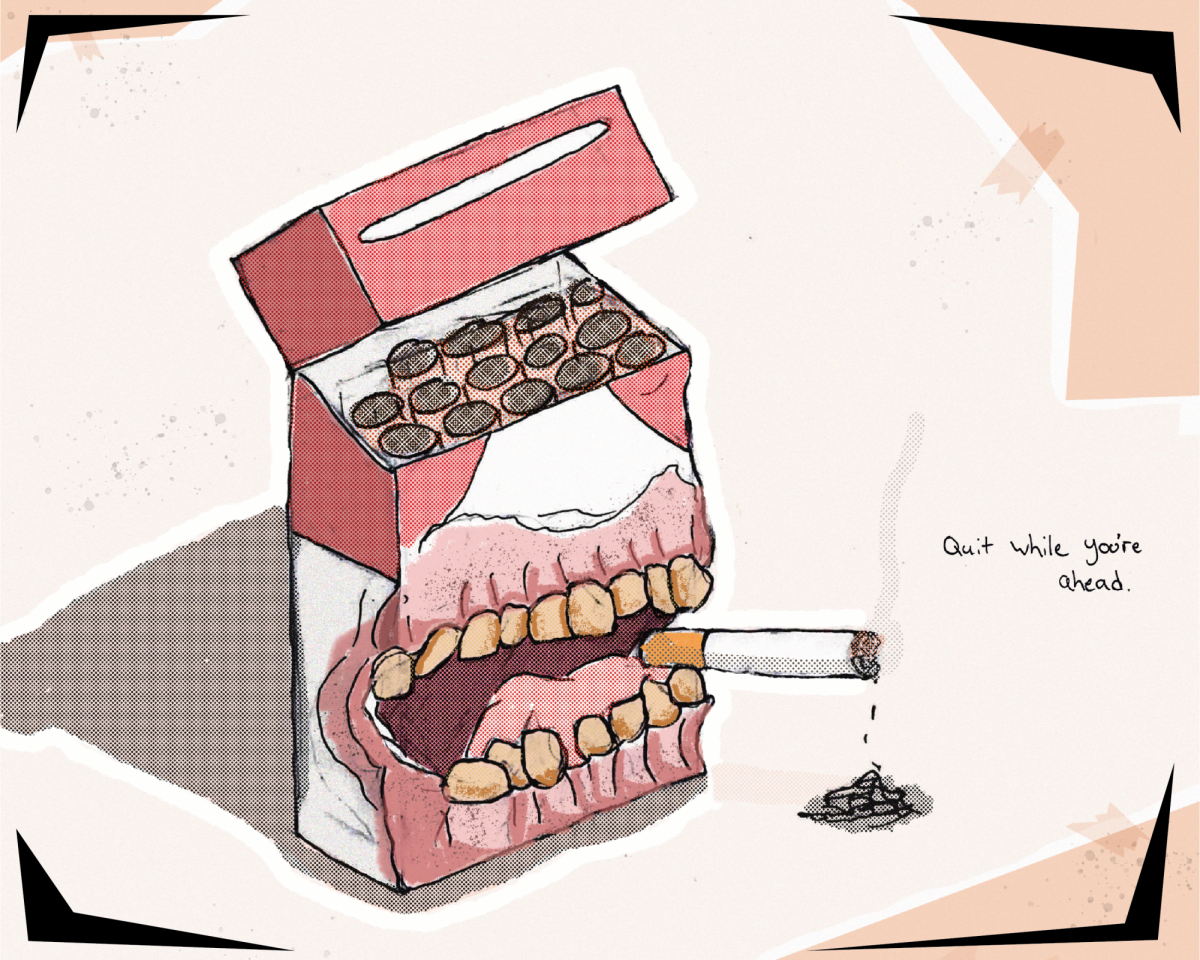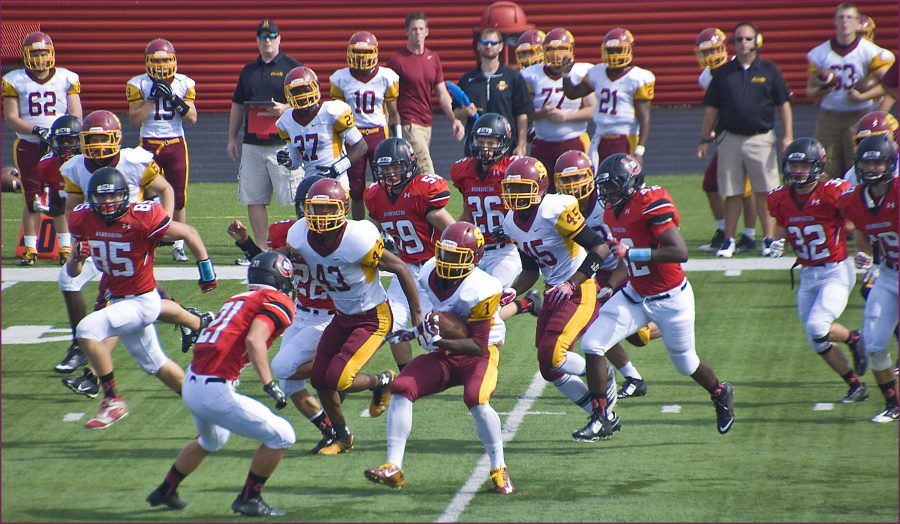Over the past two years, political protests from NFL players have been a regular source of controversy. During this time, another NFL controversy has slipped under the radar. Many studies have shown a compelling link between playing football and developing brain damage, including chronic traumatic encephalopathy (CTE). This research has raised legitimate questions about the future of football.
Some of the most pointed critiques of football’s relationship with brain injuries have come from people who dedicated their lives to the sport. Former Minnesota Vikings quarterback Brett Farve said, “How do you make the game safer? You don’t play.” Emily Kelly, wife of former NFL player Rob Kelly, wrote a heartbreaking op-ed in the New York Times about her husband’s experiences with brain damage. She described a complete deterioration, including debilitating physical, mental and psychological symptoms. She also criticized how the NFL handled evidence of links between football and brain injuries. According to exhaustive research from the PBS documentary series “Frontline,” the NFL often hid or denied evidence from scientists that found links between brain injuries in football and extreme long-term side effects.
This evidence suggests that we should take any supposed reforms from the NFL with a grain of salt. The league has instated stricter rules designed to combat these injuries. They have vowed to take potential concussions more seriously and banned helmet-to-helmet contact. Equipment changes could also make a difference in the game. Better field maintenance could reduce injuries and football helmet companies are working hard to develop safer helmet technology. Still, the NFL has a legacy of prioritizing profit over the safety of their players, leaving lingering doubt about the veracity of these changes. Meanwhile, every player, whether playing in high school or playing in the Super Bowl, accepts some amount of risk. No amount of technological advancement can change the fact that football is a contact sport. These risks are inherent to the game, and there is reason to be concerned. Studies show high school and college players could be at risk for CTE, and that starting the sport at a young age could be more dangerous. Research in this area is limited, but that does not reduce skepticism for many in the sport. It could take years to fully understand the long-term health effects of football. Is it worth the risk to continue with the status quo before that information is available?
In Utah, enrollment in youth football has noticeably dropped. While it is unclear whether this change is part of a larger trend, national data suggests it could be. Nationally, total participation in football has dropped, and parents’ concern with brain injuries is a major factor. While millions of Americans have fond memories of the sport, perhaps this trend is a good thing. Many will lament football’s uncertain future, but for football players, the future health risks are becoming painfully obvious.



















